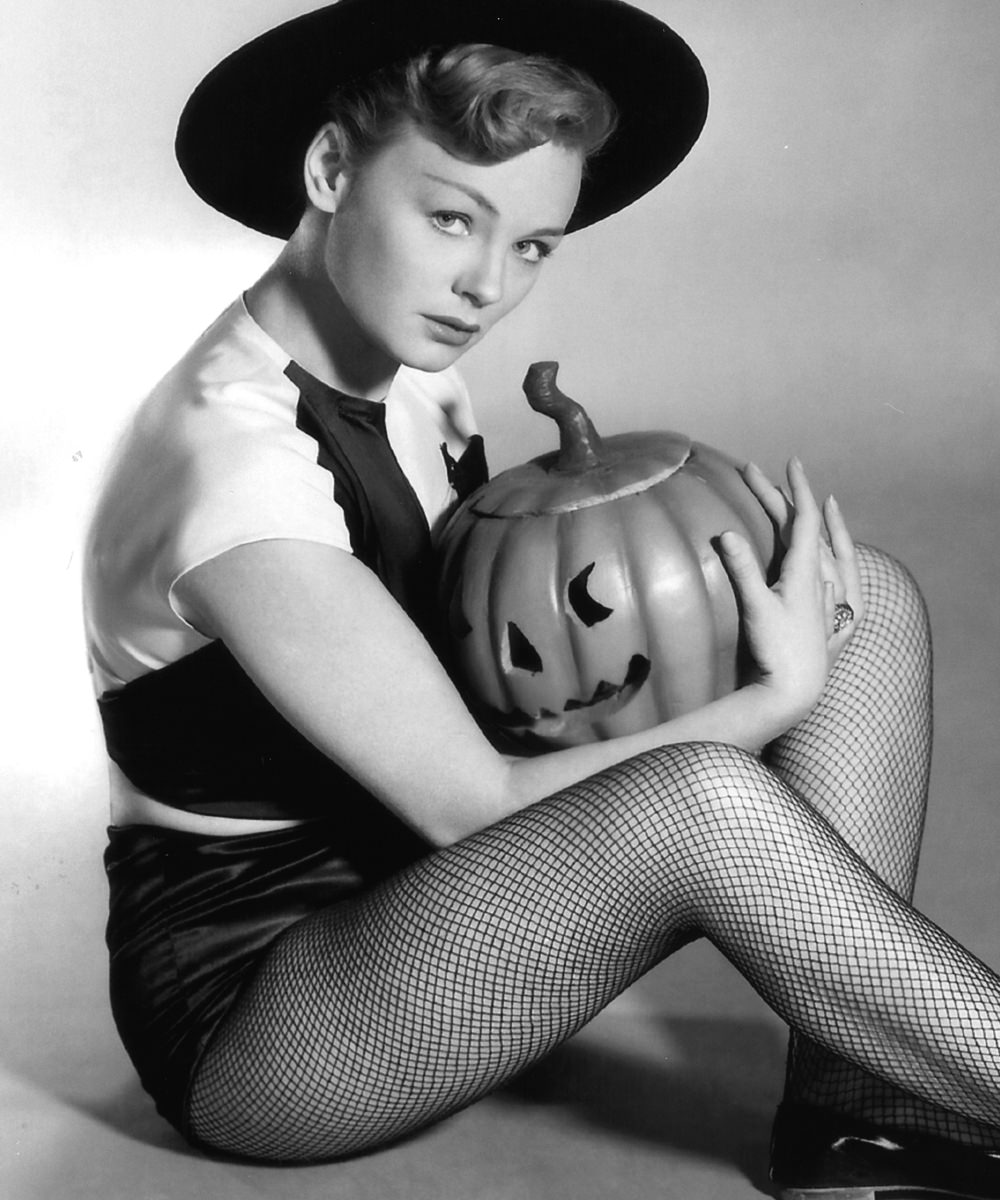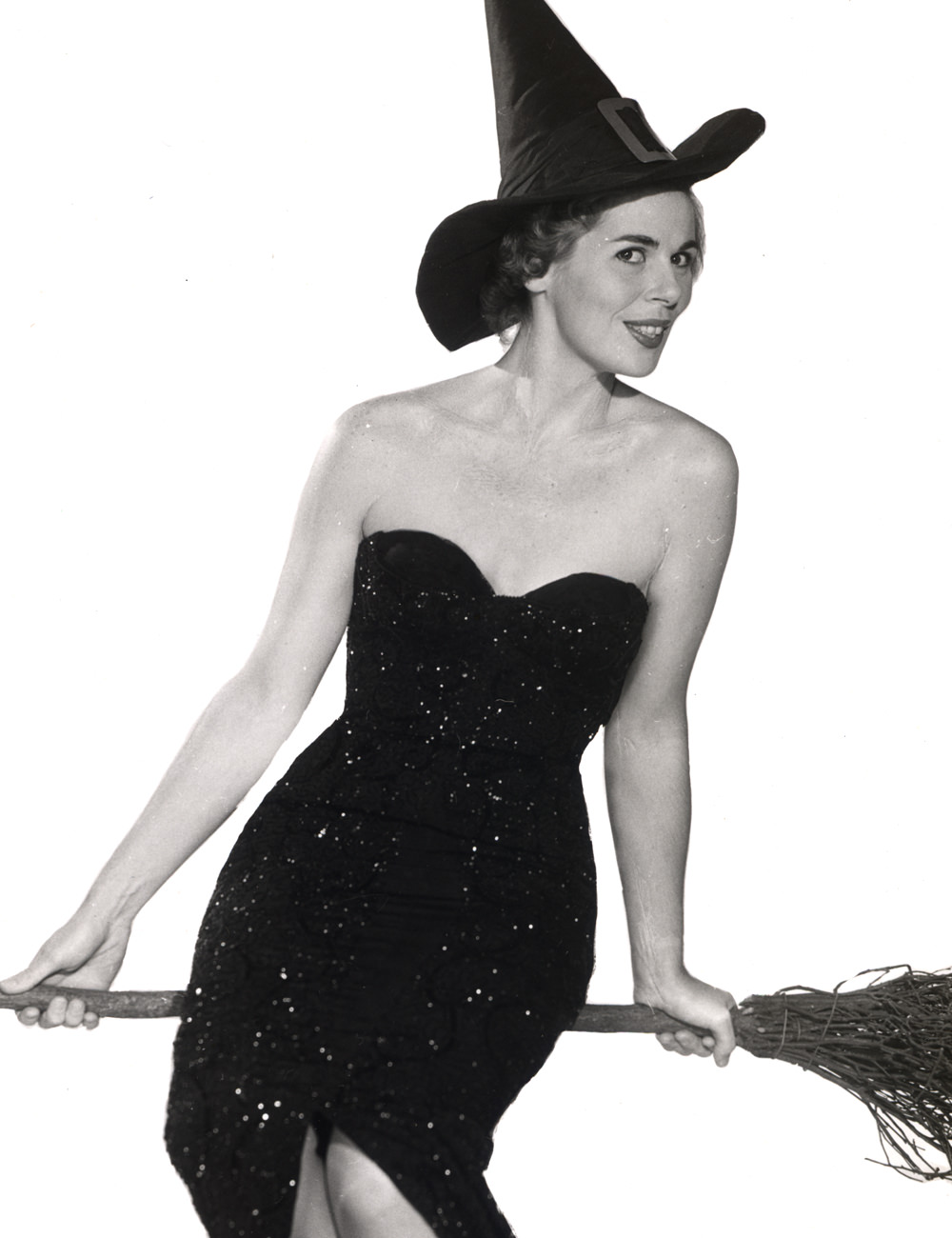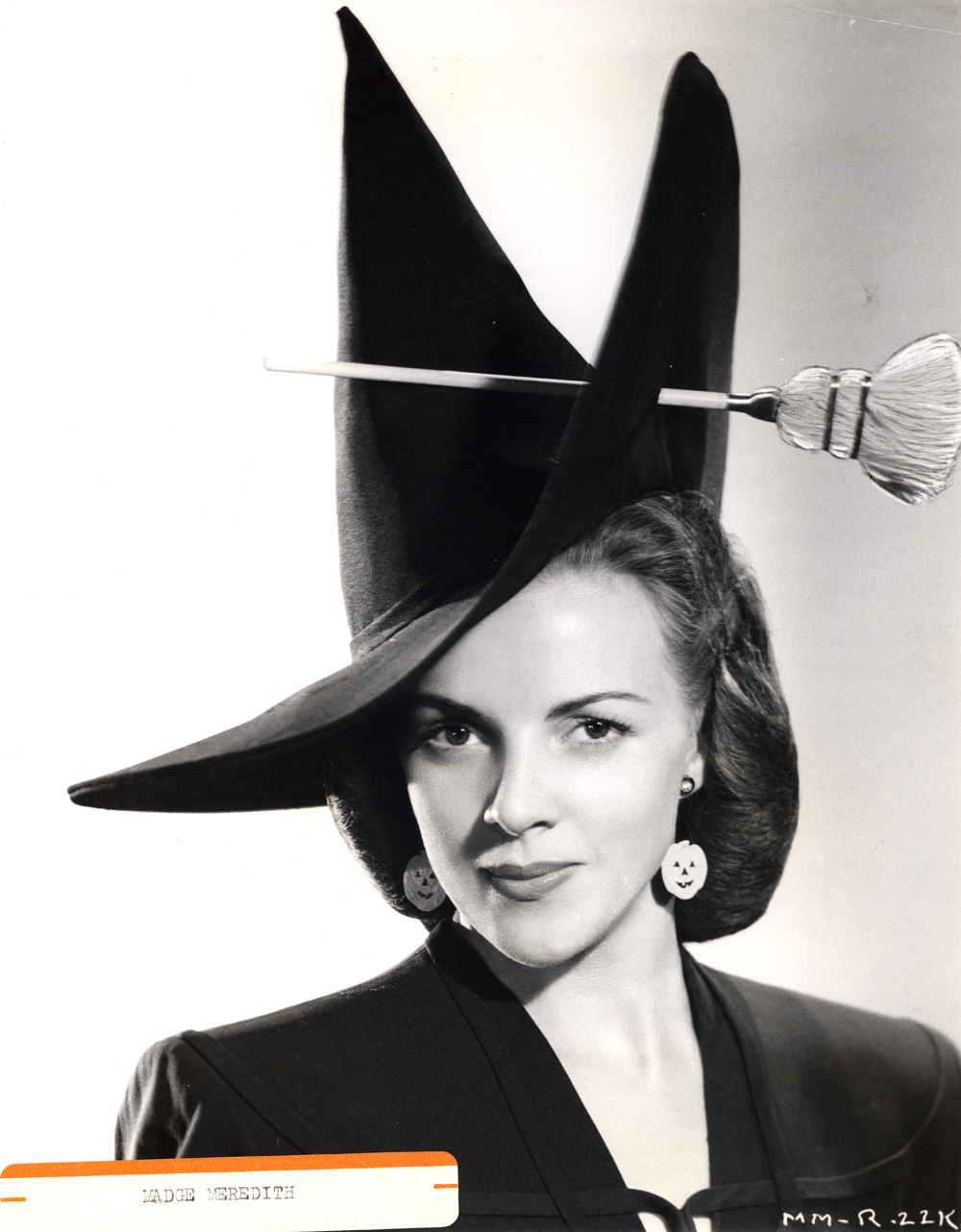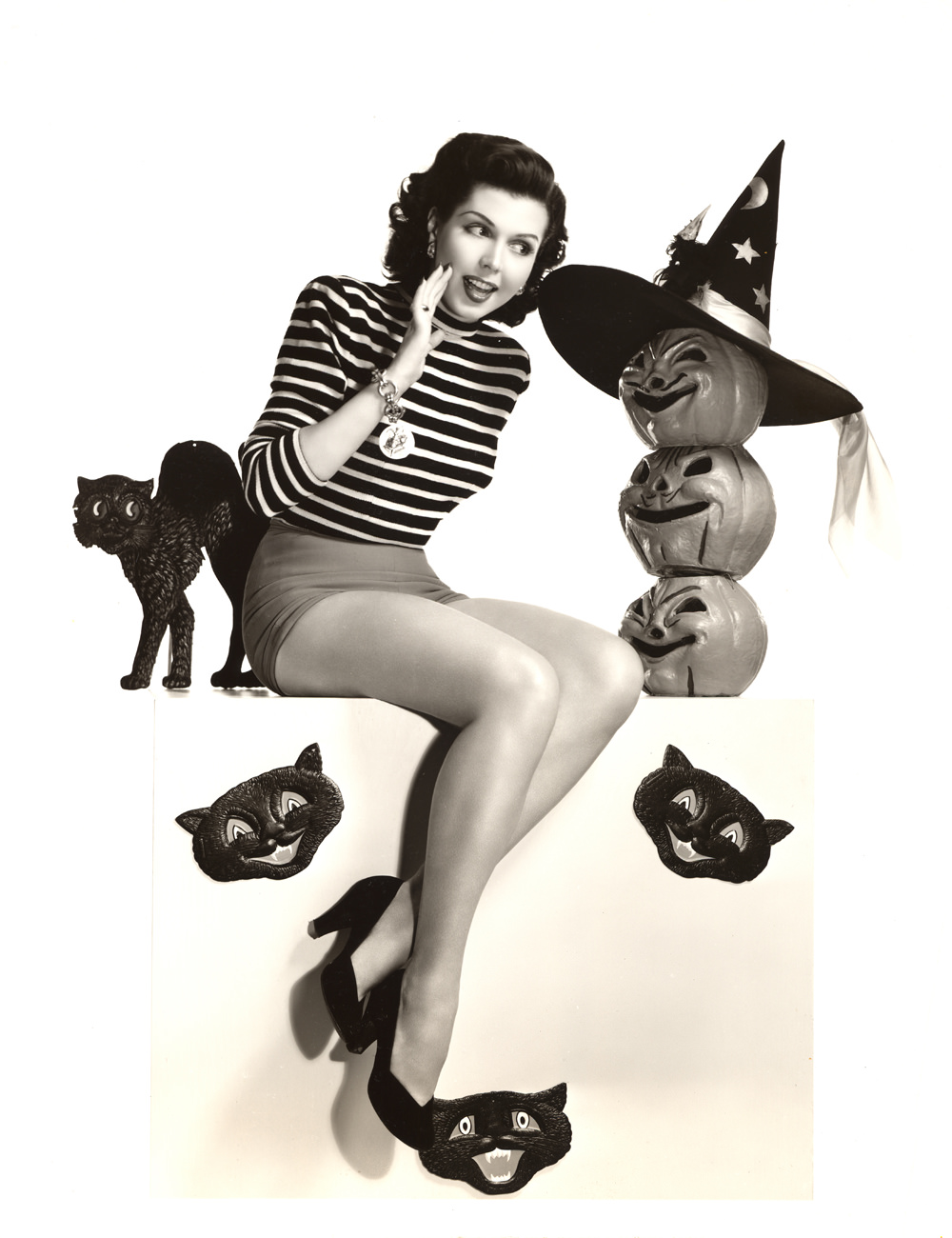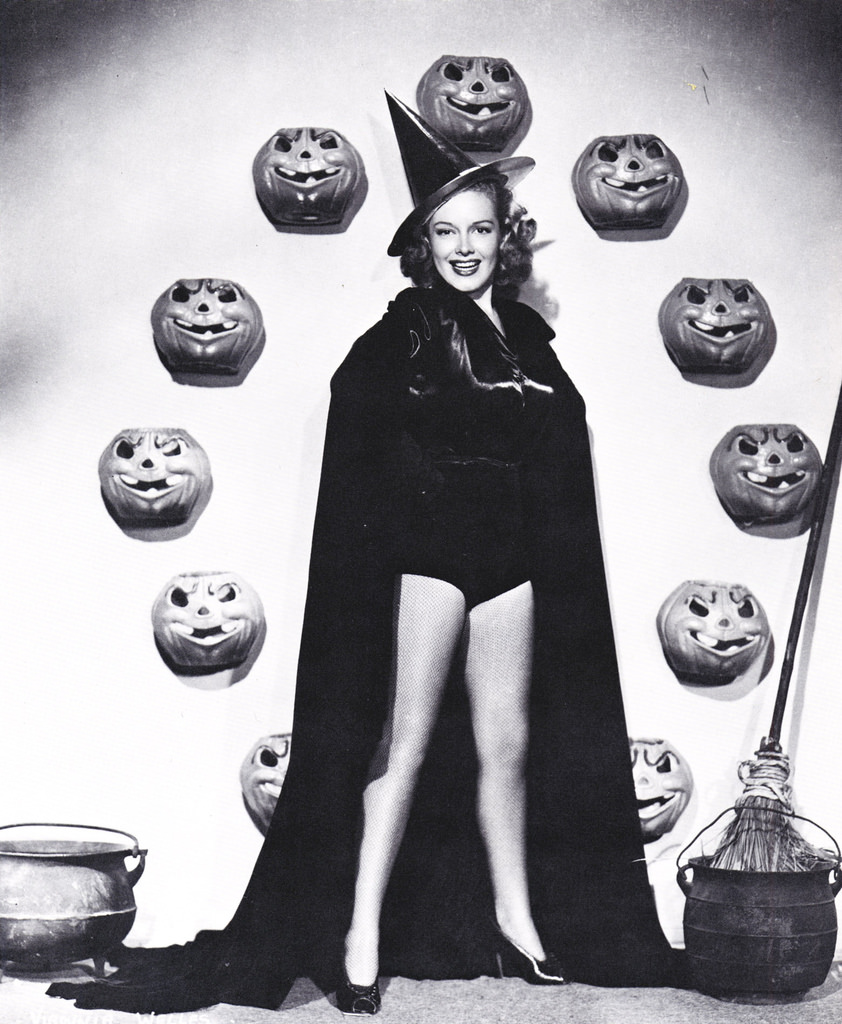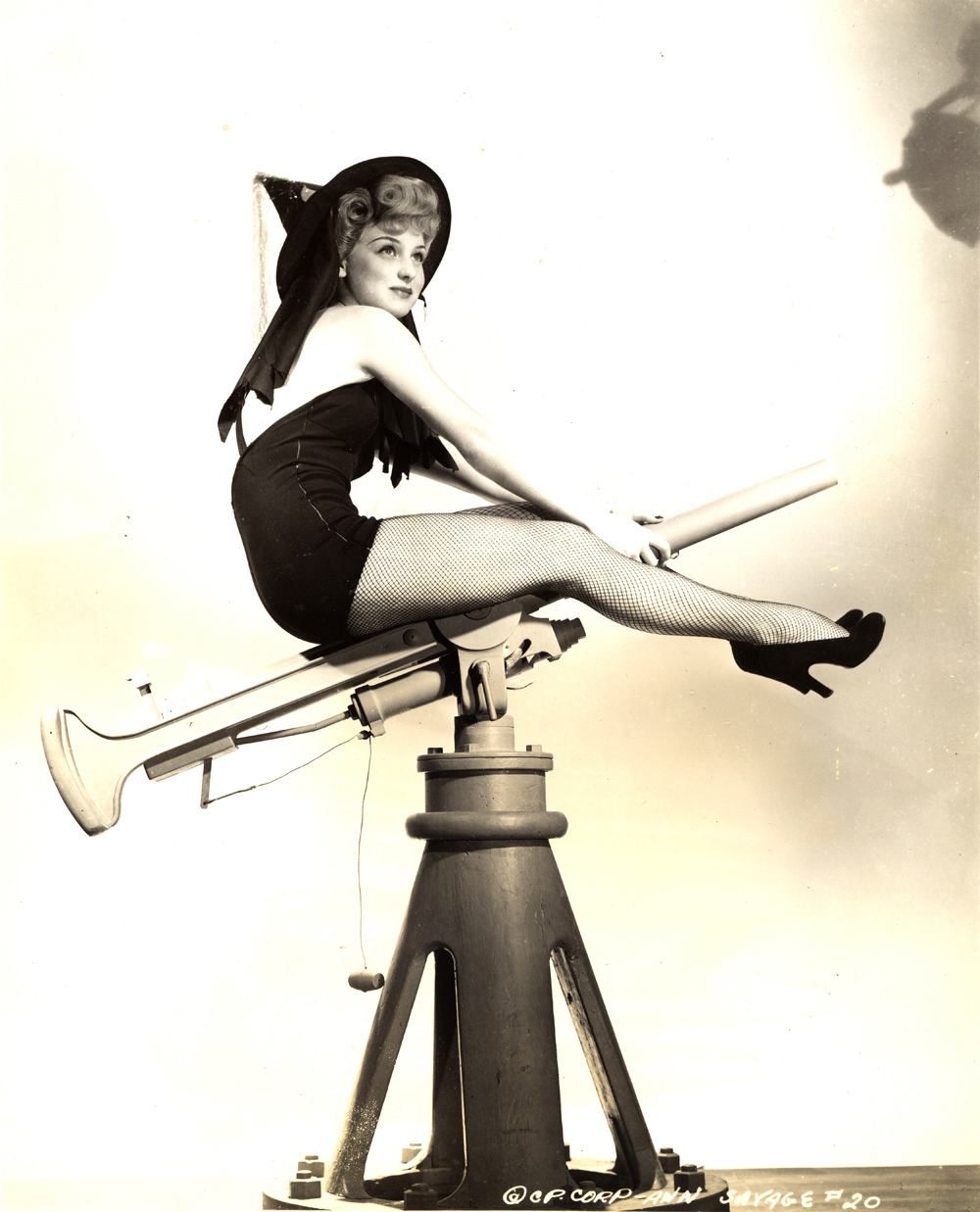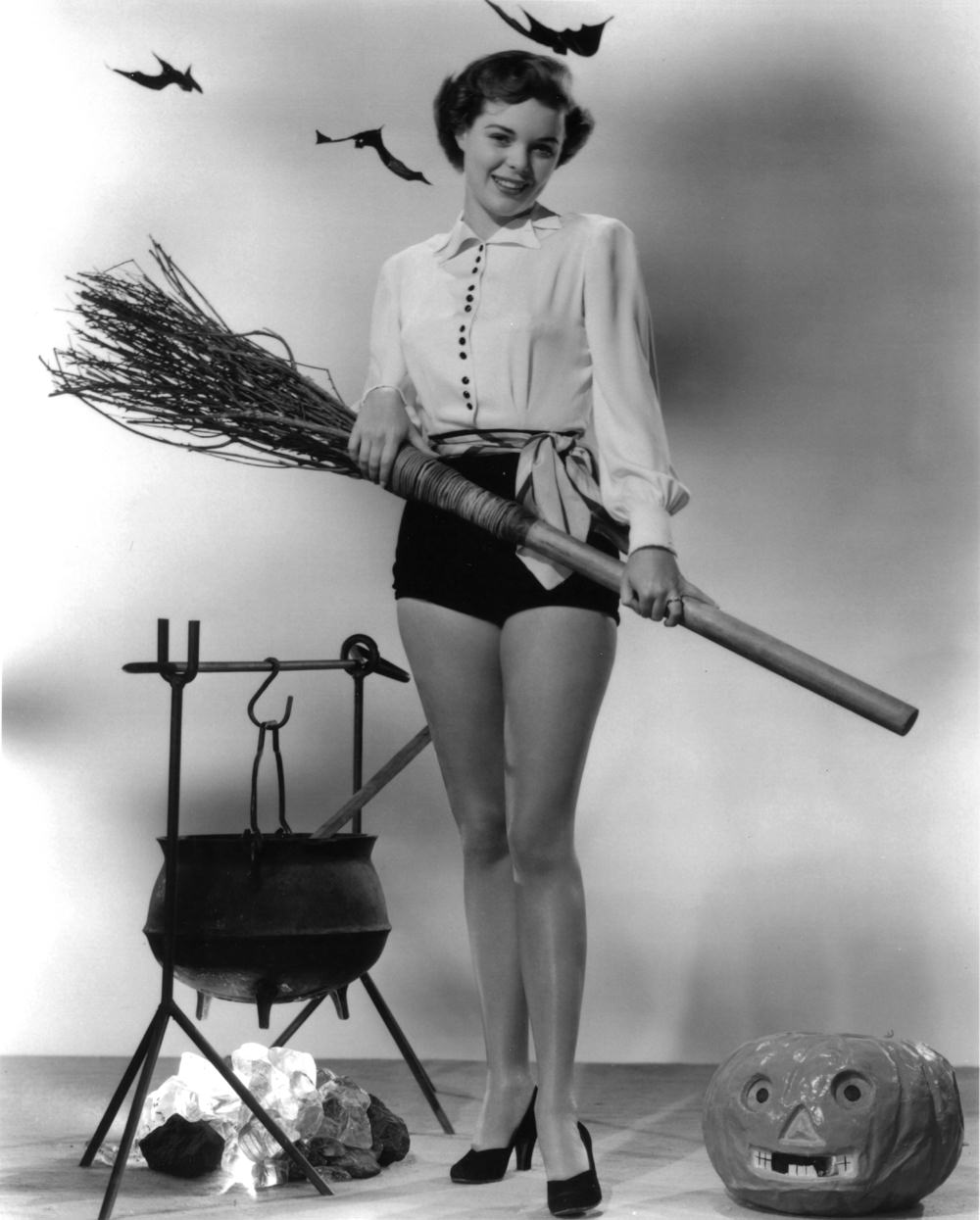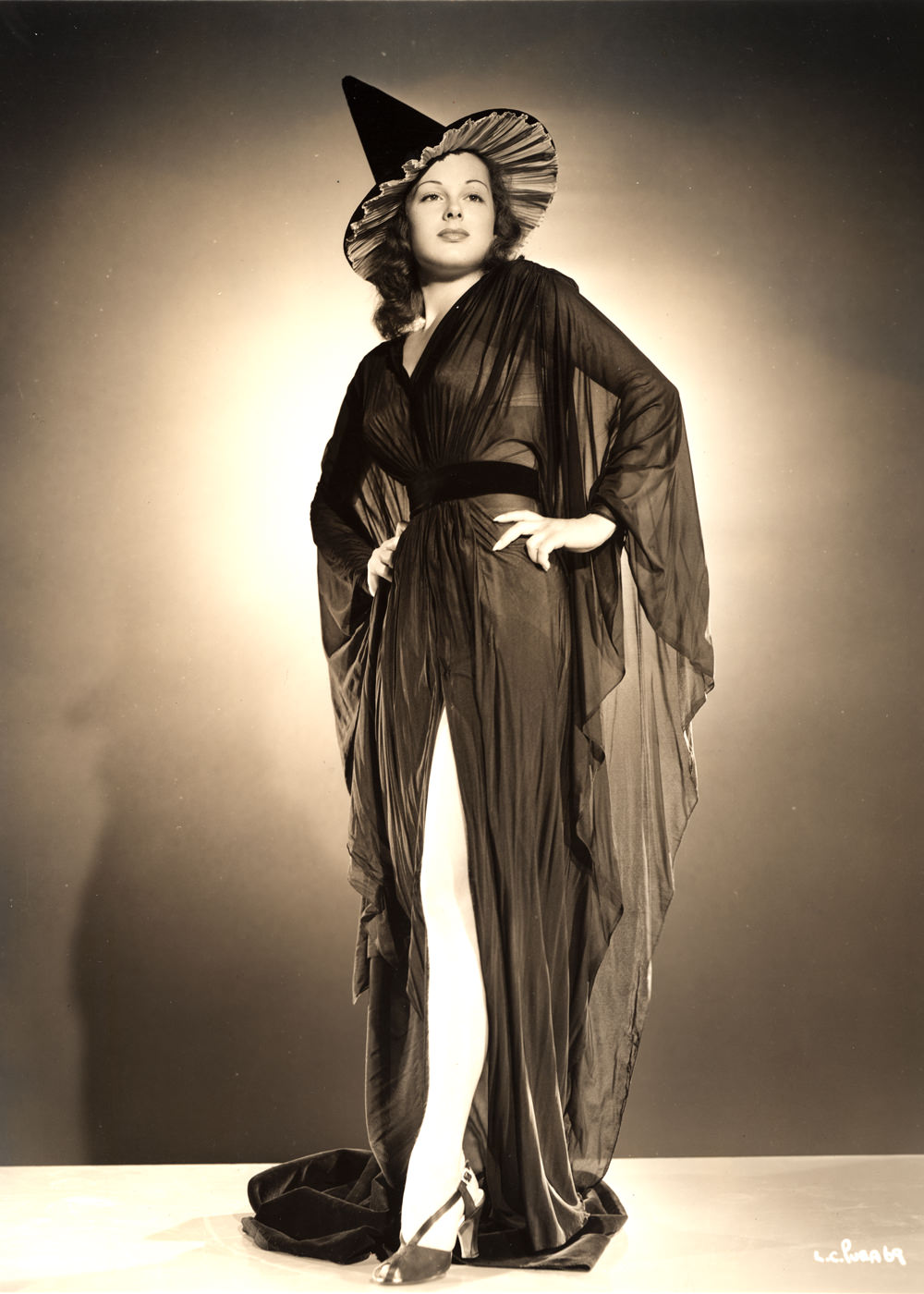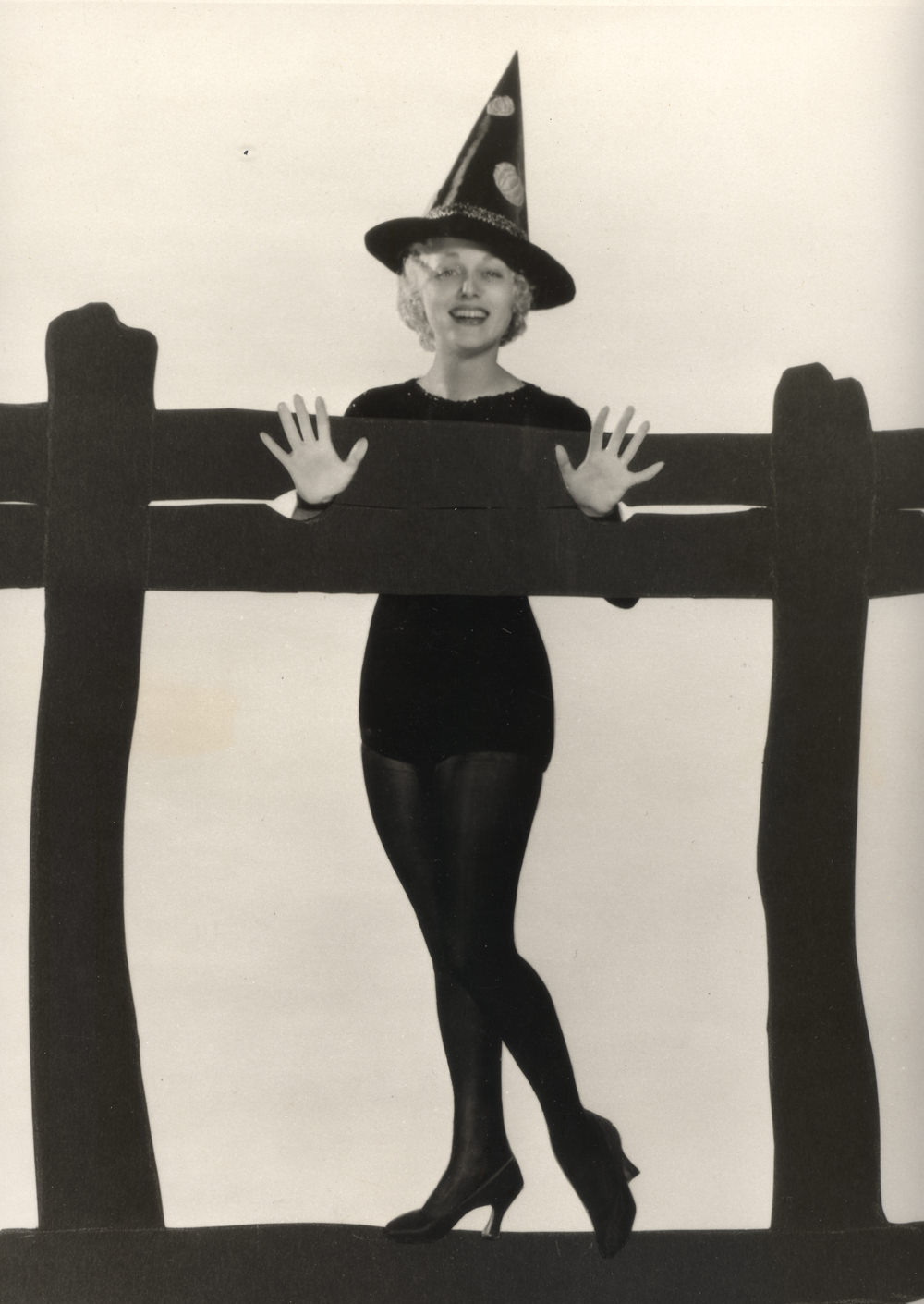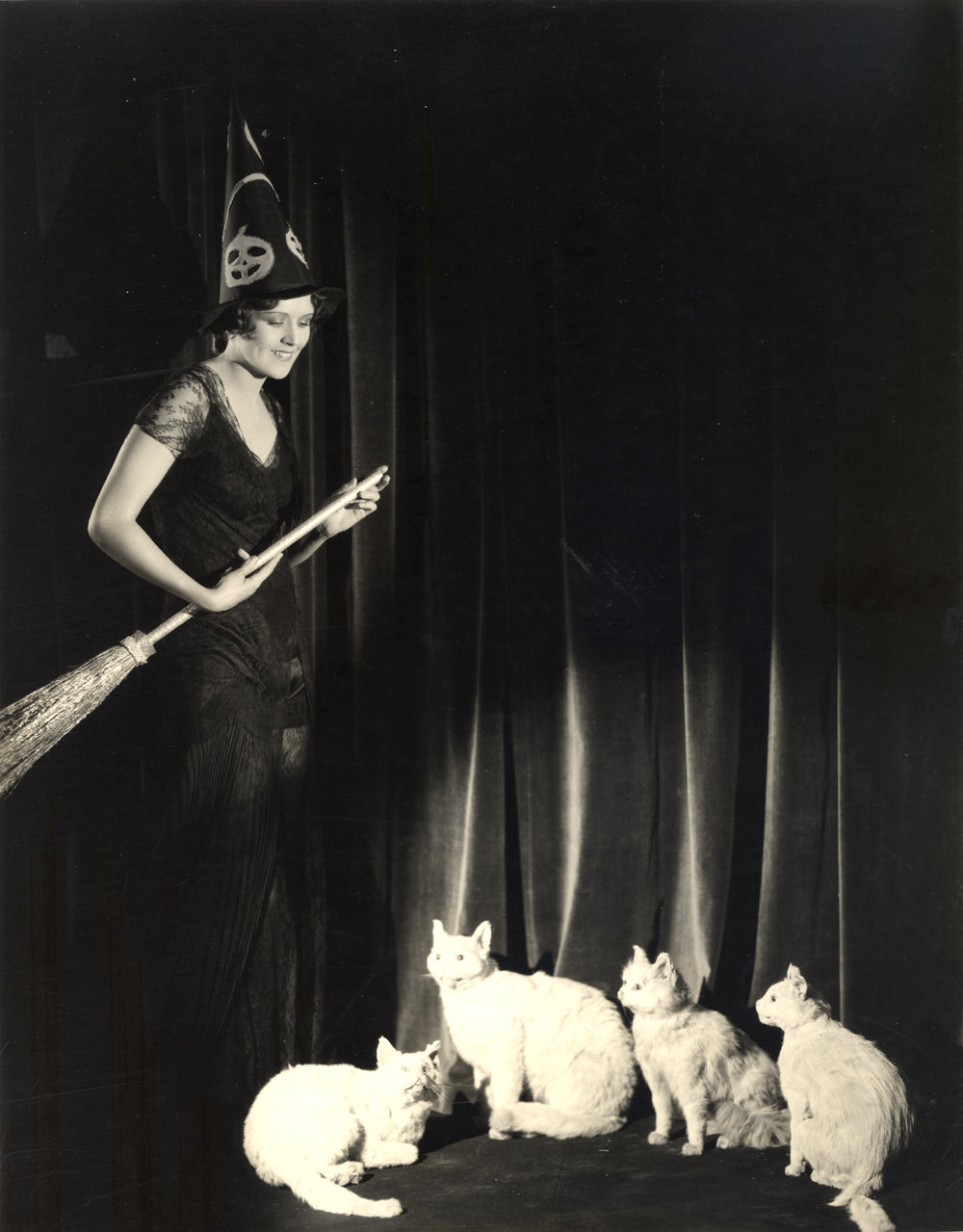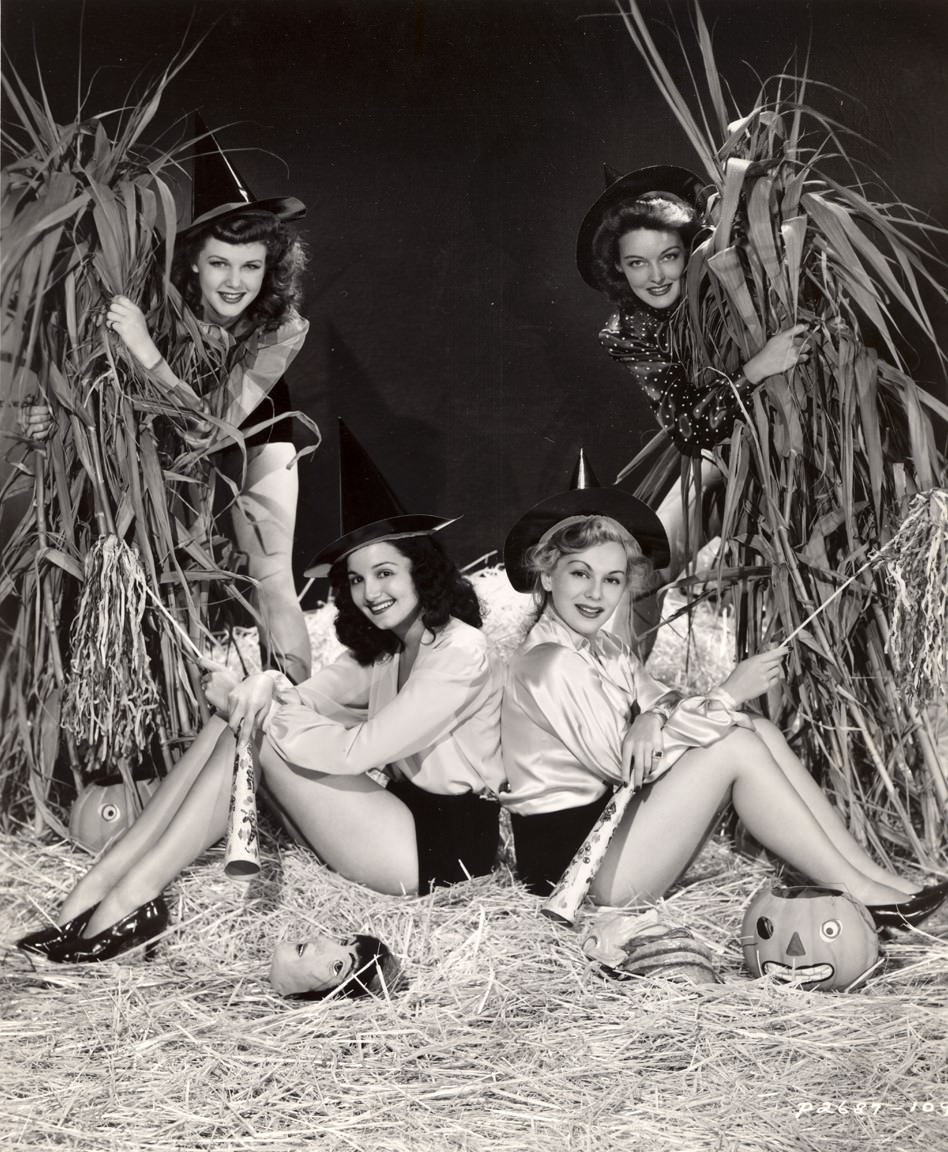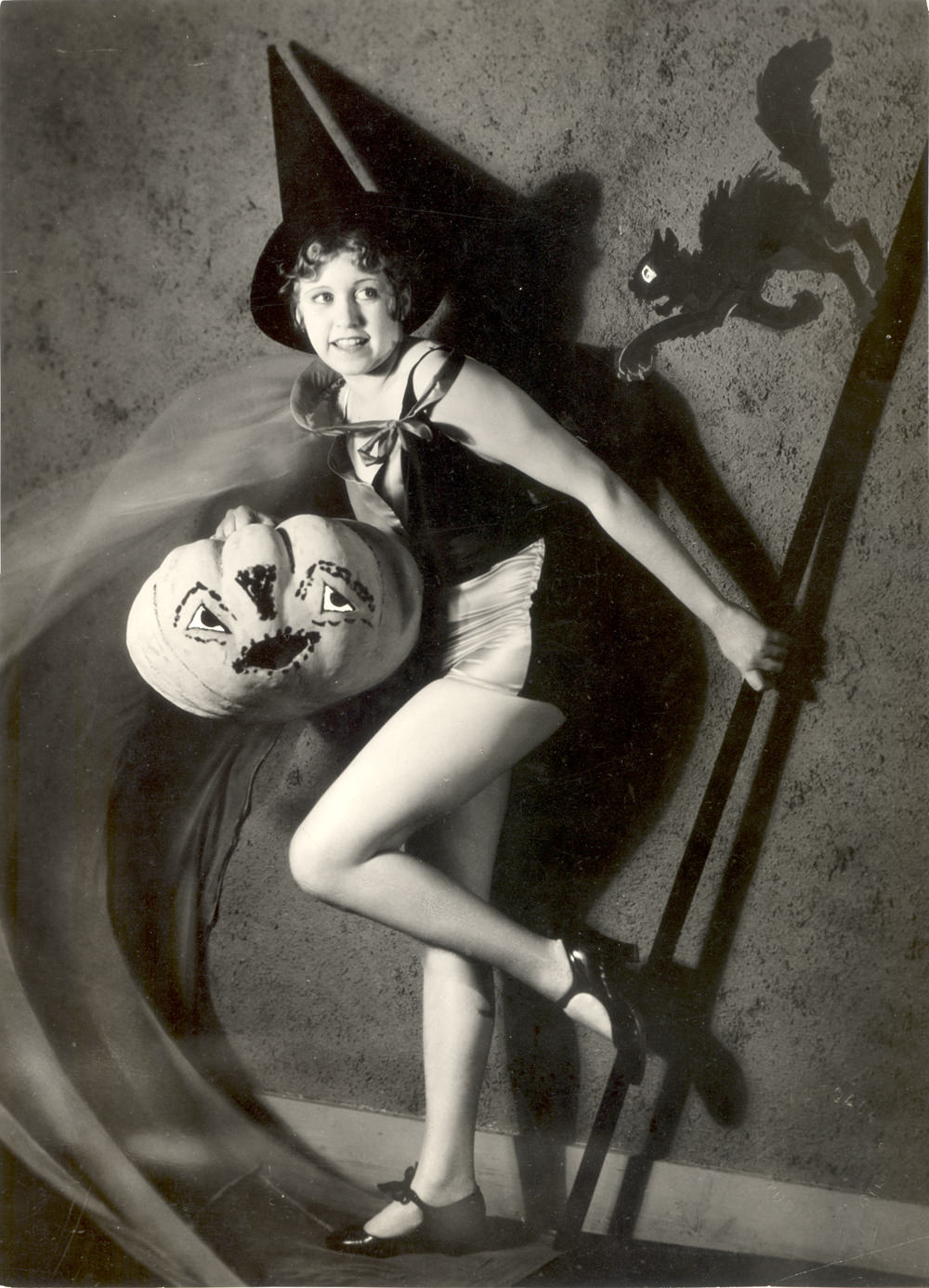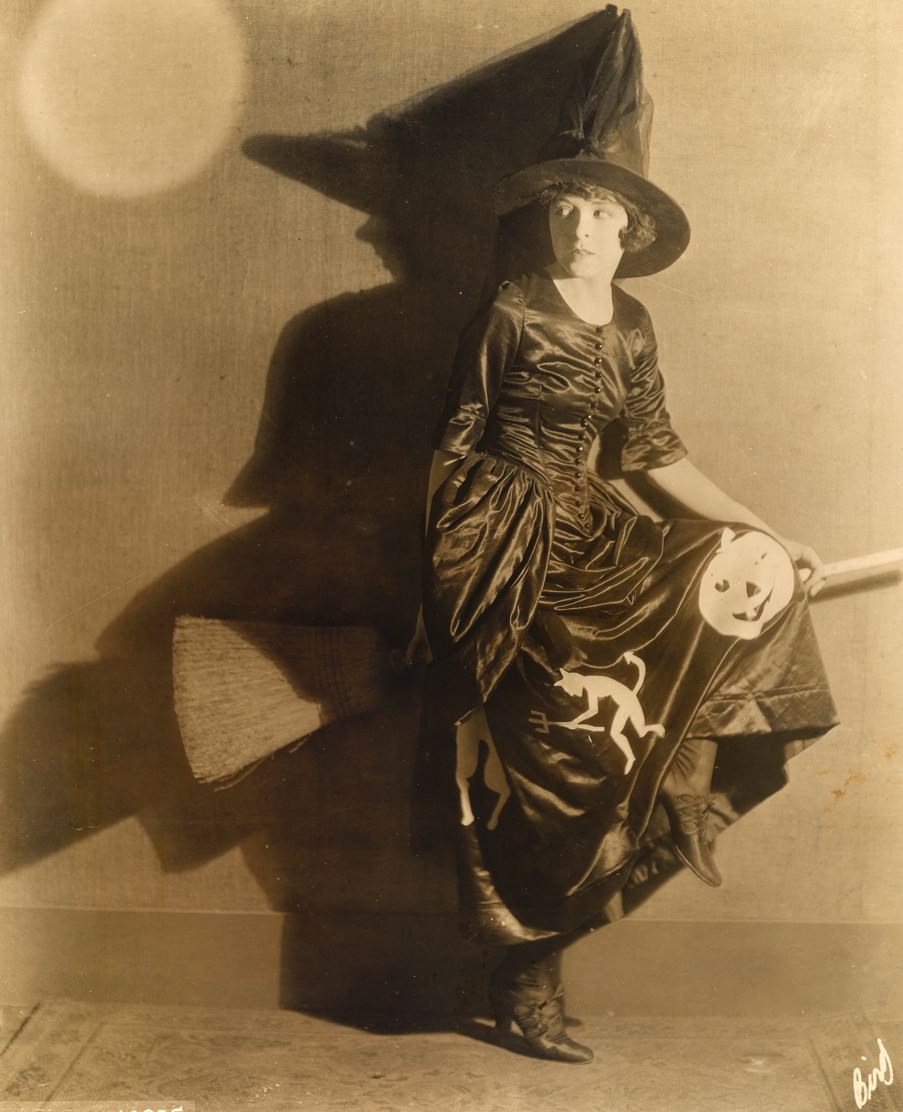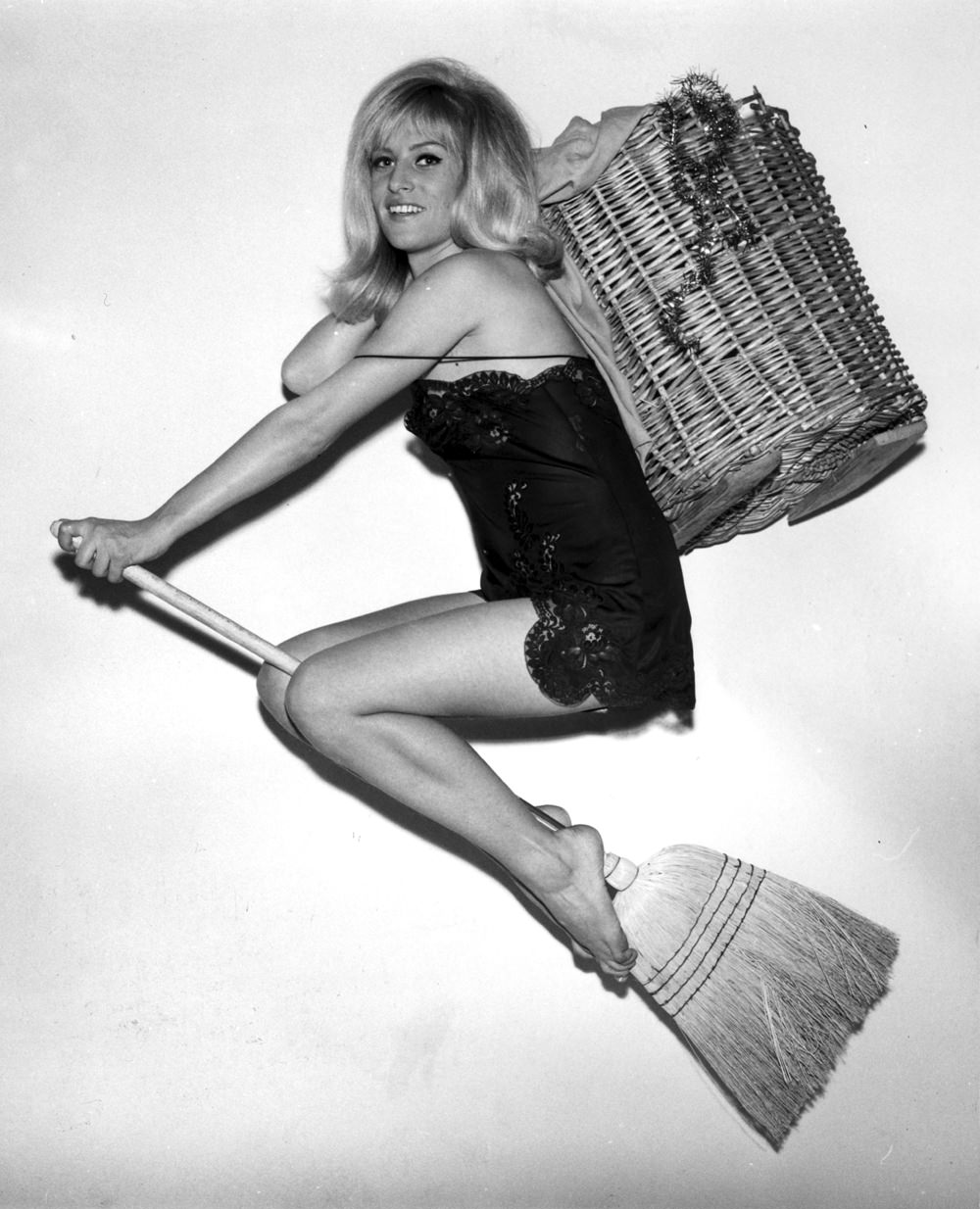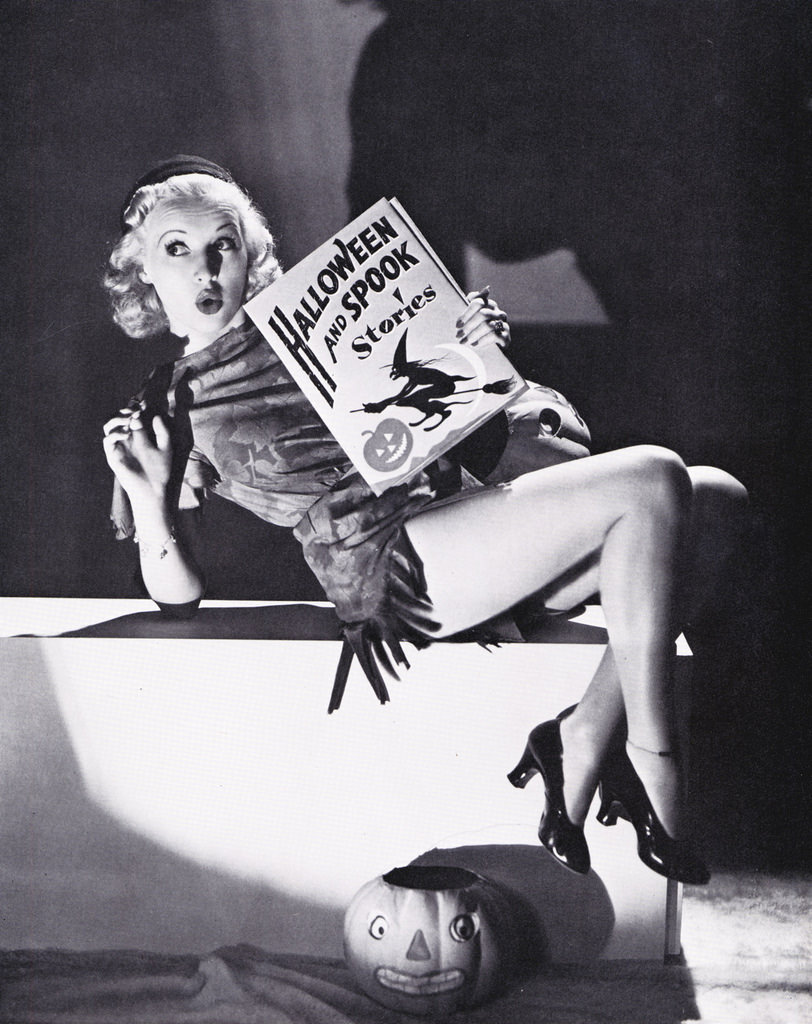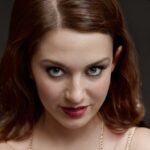The Roaring Twenties were a time of glitz, glamour, and a hint of rebellion. Hollywood, in its Golden Age, was at the forefront of this cultural revolution, and its leading ladies were no exception. Halloween, a holiday often associated with children and trick-or-treating, took on a new dimension in the hands of these stylish stars. Their Halloween costumes, captured in timeless photographs, reveal a playful side of these icons, while also offering a glimpse into the fashion and cultural trends of the era.
A Hauntingly Beautiful Parade
Halloween parties became the hottest ticket in town, with Hollywood’s elite donning elaborate costumes that rivaled their on-screen wardrobes. These were not your average ghost and goblin getups. Actresses transformed into enchanting witches, seductive vampires, and mysterious gypsies, their creativity and flair on full display.
Clara Bow, the “It Girl” herself, embraced the spirit of Halloween with a mischievous grin and a playful pirate costume. Her signature bobbed hair peeked out from under a jaunty hat, while a mischievous glint in her eye hinted at the fun-loving spirit that made her a fan favorite..
Read more
Theda Bara, known for her femme fatale roles, took a different approach, opting for a hauntingly beautiful vampire costume. Her pale skin and dark eyes lent themselves perfectly to the role, while her flowing black gown and dramatic cape added an air of mystery and intrigue.
Glamour with a Gothic Twist
Not all costumes were spooky, however. Many actresses chose to channel historical figures or characters from literature, showcasing their knowledge and sophistication. Mary Pickford, “America’s Sweetheart,” transformed into a Renaissance queen, her costume adorned with jewels and lace. Her regal bearing and radiant smile captured the essence of a bygone era, proving that Halloween could be an occasion for elegance as well as fun.
Joan Crawford, a rising star known for her dramatic roles, opted for a more theatrical approach. Her Pierrot costume, with its white face paint and oversized tears, was both whimsical and melancholic, reflecting the duality of her on-screen persona.
They reflected the changing roles of women in society, as they embraced new freedoms and challenged traditional norms. The flapper dress, with its short hemline and loose silhouette, became a symbol of the era’s liberated spirit, and many actresses incorporated it into their Halloween costumes, adding a touch of modernity to their ensembles.
The rise of the film industry also played a role in shaping Halloween fashion. Movie studios often released promotional photos of their stars in costume, fueling the public’s fascination with Hollywood glamour and inspiring new trends. These images, widely circulated in newspapers and magazines, helped to popularize Halloween as a major cultural event, not just for children but for adults as well.


